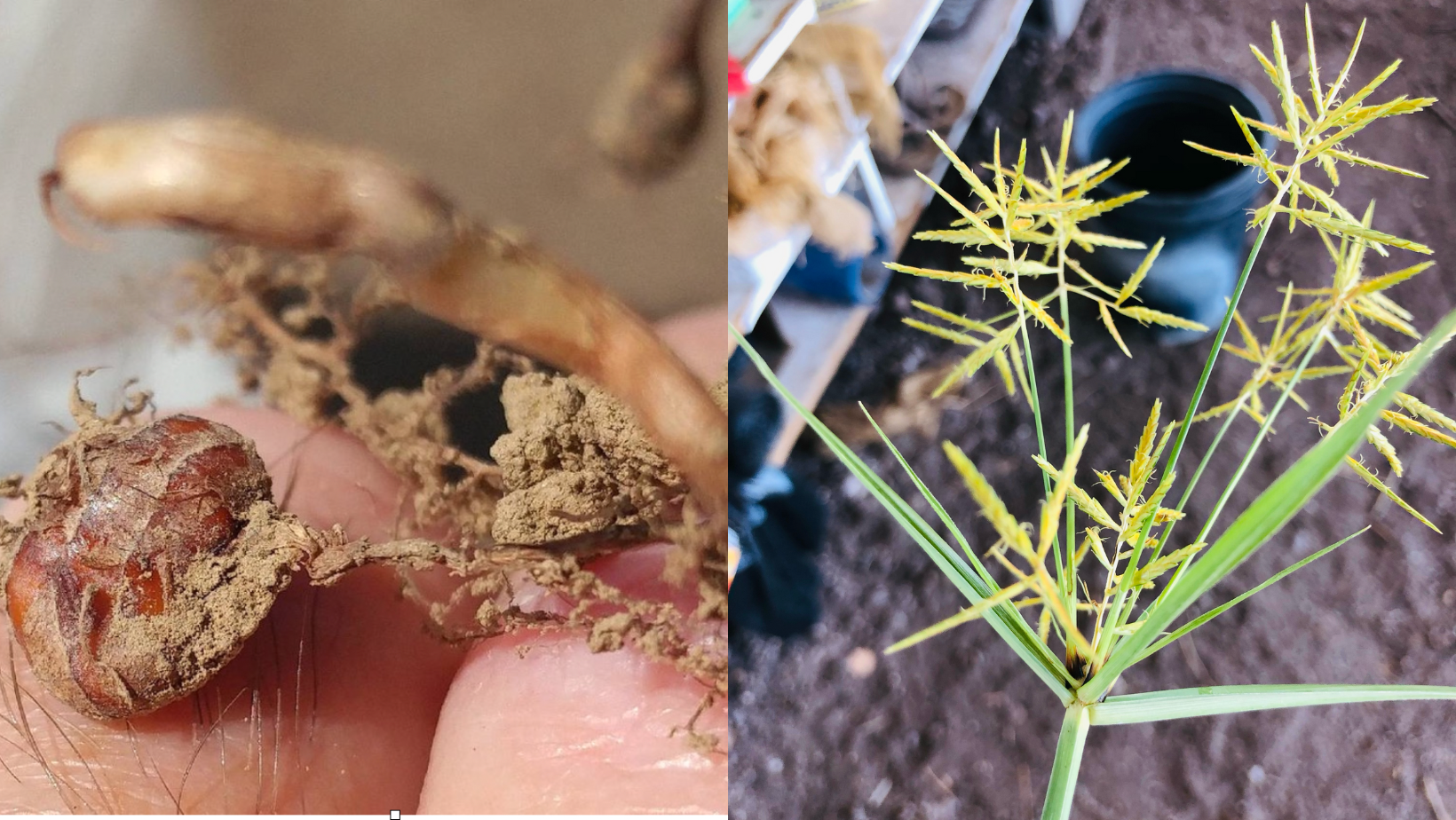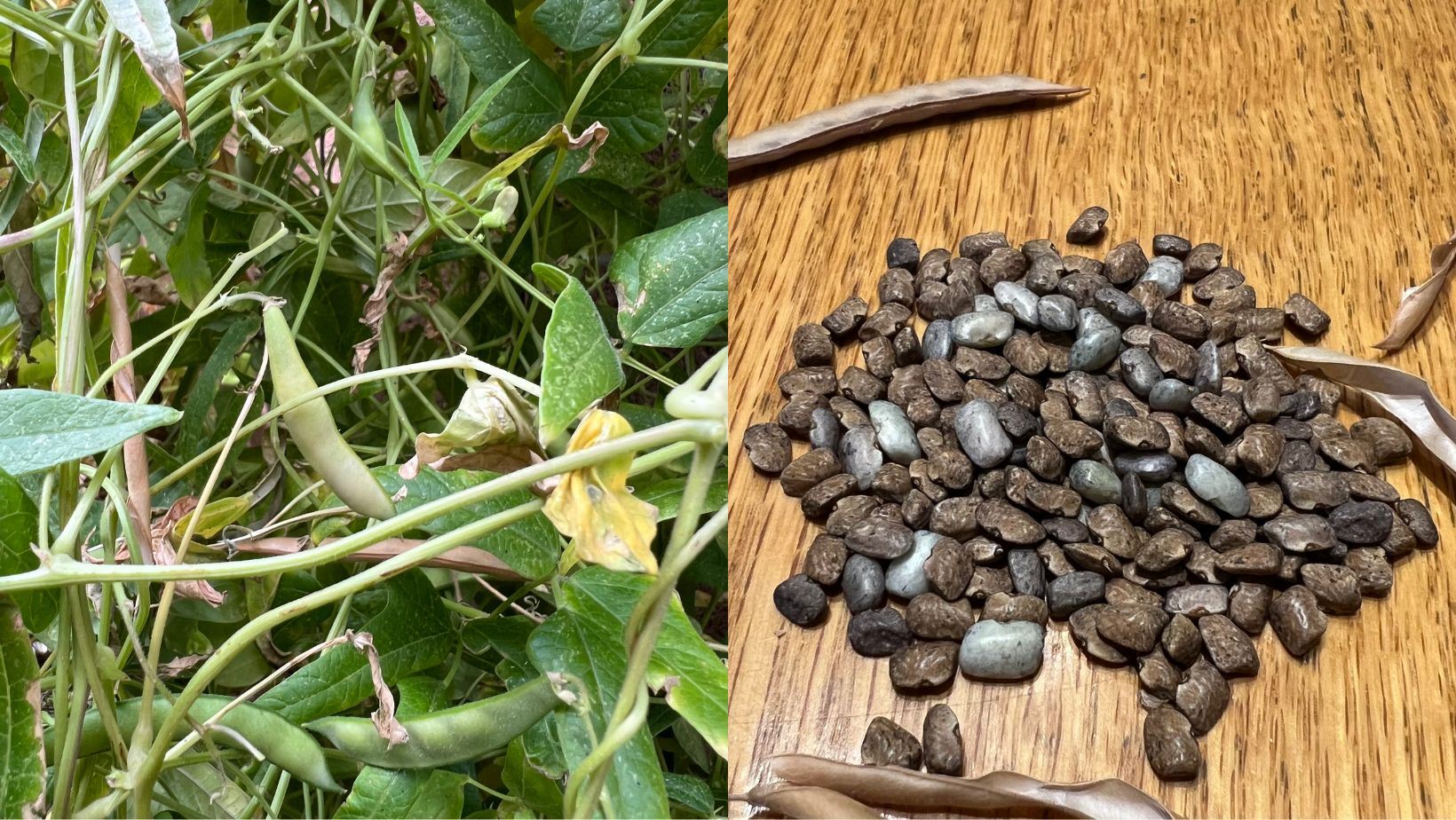
Mearns’ quail digging a feeding pit. Photo Courtesy of Mark Stromberg.
Author: Mark Stromberg, U of A Adjunct Professor
Have you heard of the Mearns’ Quail Project?
This project’s ultimate goal is to plant food plots for Mearns’ quail in order to support and increase the Mearns’ quail population in Arizona. Partners working on this include Tucson Audubon, Borderlands Restoration Network Native Plant Nursery, U.S. Forest Service, Arizona Sportsmen for Wildlife Conservation, and Southern Arizona Quail Forever. Hunters can help enhance the food plot plantings by providing crops from their harvested Mearns' quail. At this past year’s QuailFest — an amazing event hosted by our affiliate Southern Arizona Quail Forever — hunters were encouraged to bring their crops to support this project — and they did!
Understanding the diet of a game bird reveals which parts of the landscape are critical, and for Mearns’ quail — also known as Montezuma quail — among the most important foods are nodules produced on the roots of a few different plants: nutsedge, Oxalis, and the tepary bean.
Quail hunters, working with wildlife researchers, have played a critical role in determining the diet of Mearns’ quail. This project goes a long way in improving the habitat quality of Mearns’ quail, and hunters are a huge part of that.

Mearns’ fall crop with contents. The larger brown nodules are nutsedge and the smaller, often white nodules are from Oxalis. Seeds form only a small percentage of the diet. Photo Courtesy of Mark Stromberg.
Among species of quail, Mearns’ have extraordinarily long toes, including a central toe used for digging. As such, Mearns’ quail dig up most of their food. They dig many conical holes, just about as deep as they can settle into. A majority of their diet are acorns, as they are most common in the oak savannas. Acorns underground? Their neighbor, the Mexican jay, a member of the genus Aphelocoma, is known to bury and then later find over 5,000 acorns over the course of a year! When Emory oaks have a good crop of acorns, Mexican jays spend all day hiding acorns under leaves. Later on, Mearns’ quail find some of these acorns.

Nutsedge is an ephemeral monsoon forb, or herbaceous flowering plant, that is a dietary favorite of Mearns' quail. The root nodule is shown in the left photo and the native nutsedge is shown on the right. Photo Courtesy of Mark Stromberg.
Plants with underground nodules are important in the Mearns’ diet. Most abundant in the crops of Mearns’ quail are nutsedge and Oxalis. Nutsedge, as shown in the two photos above, grows in shady, riparian areas, with sedge-like stems, triangular in cross-section.

Root nodules of Oxalis, as shown in the left image. The plant’s leaves resemble a four-leaf clover. Photo Courtesy of Angel Montoya.
Oxalis grows during the monsoon season in riparian, shady habitats with good soil moisture, as shown in the photo on the right. Another important food plant for Mearns’ is the native tepary bean, (Phaseolus acutifolius). If these plants are grazed to the ground before they can produce root nodules, food supplies for Mearns’ will be limited.

Native tepary bean plant and seeds grown from Mearns' quail crop contents from the Santa Rita mountains. Photo Courtesy of Mark Stromberg.
Are you interested in participating in the Mearns’ Quail Project or know a hunter who might be? For a pre-paid shipping box to send quail crops to the program, contact: Aya Picket, Tucson Audubon, Restoration Project Manager, 520-627-8120
A very special thank you to the partners of this project and the hunters who have supported it through their participation!
.png)